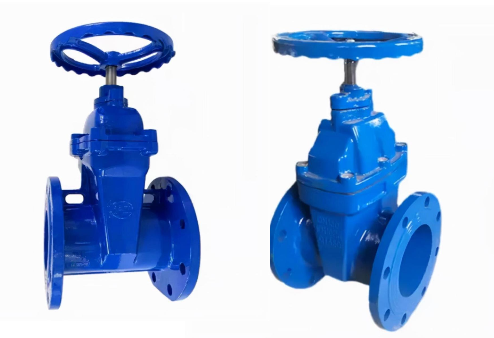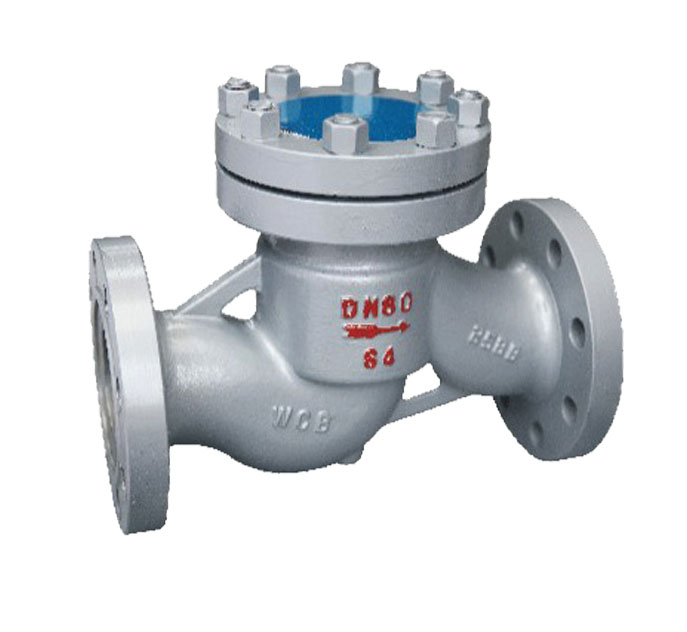Jan . 19, 2025 02:24
Back to list
flange
Flanges are fundamental components in various industries, particularly in sectors that involve piping and mechanical assemblies. Their primary function is to connect pipes, valves, pumps, and other equipment to form a complete piping system. By providing an easy way to assemble and disassemble parts, flanges prove invaluable for maintenance, repair, and system expansion. But beyond their basic applications, flanges are integral to ensuring safety, reliability, and performance in many critical operations.
Quality assurance in flange manufacturing is another critical aspect that underscores their reliability. Many manufacturers implement rigorous testing procedures, including non-destructive testing methods such as ultrasonic or radiographic testing. These ensure that each flange meets the high standards necessary for their intended applications, providing peace of mind to engineers and project managers about the long-term performance and safety of their installations. The advent of digital technologies also plays a role in the flange industry. Advanced simulation software allows engineers to model stress distribution and potential failure points in flange assemblies before physical production. This predictive capability ensures optimal design and helps in foreseeing any issues that could compromise safety or efficiency. An often-overlooked aspect when discussing flanges is the environmental impact. As industries move towards sustainability, the materials and manufacturing processes for flanges are scrutinized for their ecological footprint. Manufacturers are increasingly looking to reduce waste and energy consumption, adopting greener practices while keeping up with regulatory standards. For any business involved in systems using flanges, trusting a reputable supplier is a crucial decision. Suppliers not only provide high-quality flanges but also offer expert advice tailored to the specific needs of your project. Their expertise can guide appropriate material selection, flange type, and design specifications, ensuring that the system performs as required and aligns with industry regulations. In conclusion, while flanges might appear deceptively simple, their role in industrial applications is pivotal. They ensure the safety, reliability, and efficiency of critical systems across various sectors, providing both robust physical connectors and a bridging connection between technological advancement and industrial practice.


Quality assurance in flange manufacturing is another critical aspect that underscores their reliability. Many manufacturers implement rigorous testing procedures, including non-destructive testing methods such as ultrasonic or radiographic testing. These ensure that each flange meets the high standards necessary for their intended applications, providing peace of mind to engineers and project managers about the long-term performance and safety of their installations. The advent of digital technologies also plays a role in the flange industry. Advanced simulation software allows engineers to model stress distribution and potential failure points in flange assemblies before physical production. This predictive capability ensures optimal design and helps in foreseeing any issues that could compromise safety or efficiency. An often-overlooked aspect when discussing flanges is the environmental impact. As industries move towards sustainability, the materials and manufacturing processes for flanges are scrutinized for their ecological footprint. Manufacturers are increasingly looking to reduce waste and energy consumption, adopting greener practices while keeping up with regulatory standards. For any business involved in systems using flanges, trusting a reputable supplier is a crucial decision. Suppliers not only provide high-quality flanges but also offer expert advice tailored to the specific needs of your project. Their expertise can guide appropriate material selection, flange type, and design specifications, ensuring that the system performs as required and aligns with industry regulations. In conclusion, while flanges might appear deceptively simple, their role in industrial applications is pivotal. They ensure the safety, reliability, and efficiency of critical systems across various sectors, providing both robust physical connectors and a bridging connection between technological advancement and industrial practice.
Next:
Latest news
-
Breakthrough in Domestic Low Temperature Valve Technology in ChinaNewsAug.18,2025
-
From Machinery to Intelligent Brain: The Digital Transformation Wave of the Valve IndustryNewsAug.18,2025
-
PCVEXPO 2025NewsAug.18,2025
-
The Key to Fluid Control: Exploring the Advantages of Ball Valves in Industrial SystemsNewsJul.09,2025
-
The Versatile World of 1, 2, and 3 Piece Ball ValvesNewsJul.09,2025
-
Stainless Steel Ball Valves: The Ideal Choice for Efficient Flow ControlNewsJul.09,2025
-
Optimizing Fluid Control with Ball Float ValvesNewsJul.09,2025




